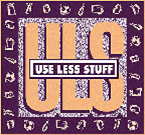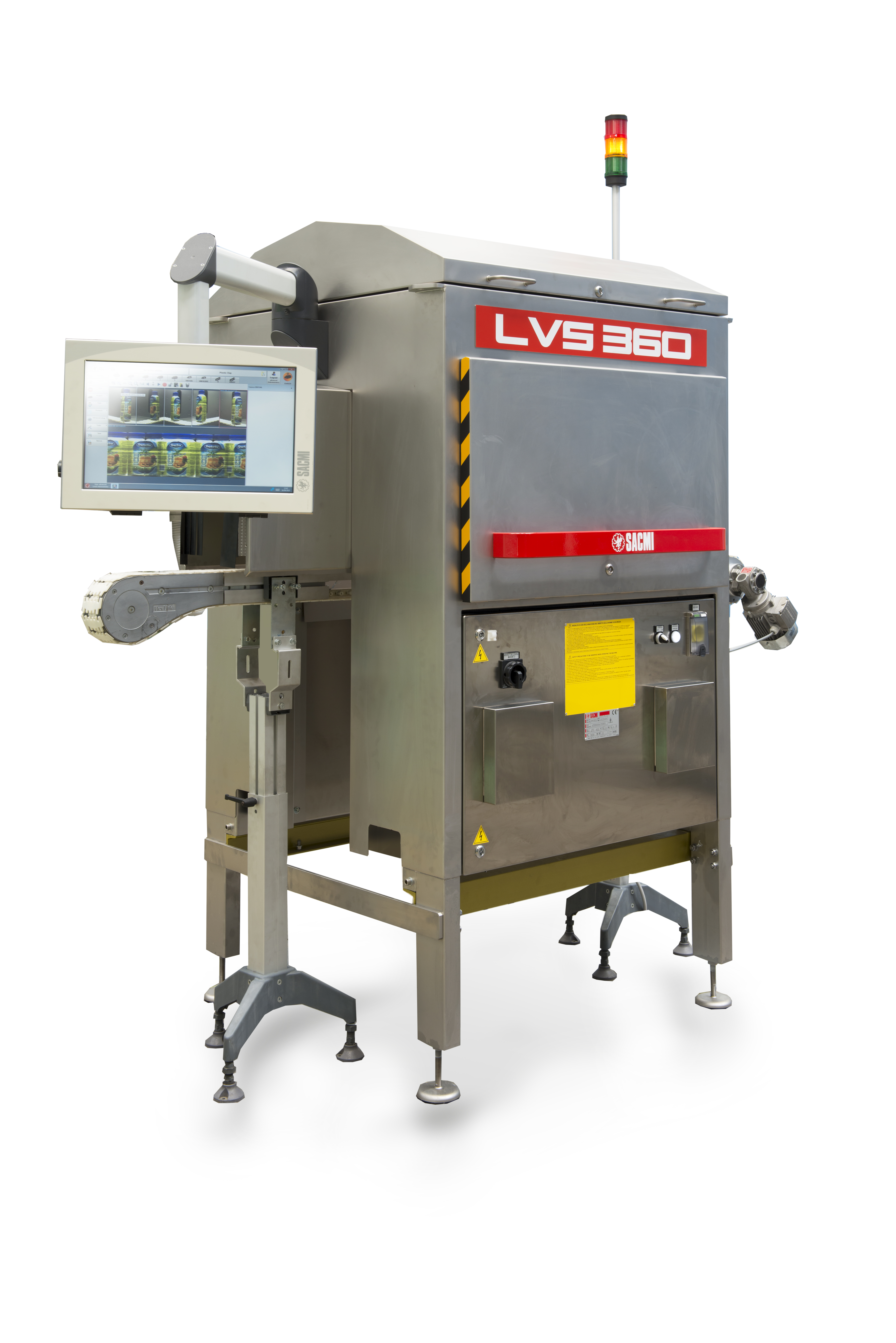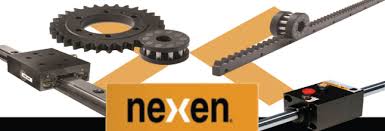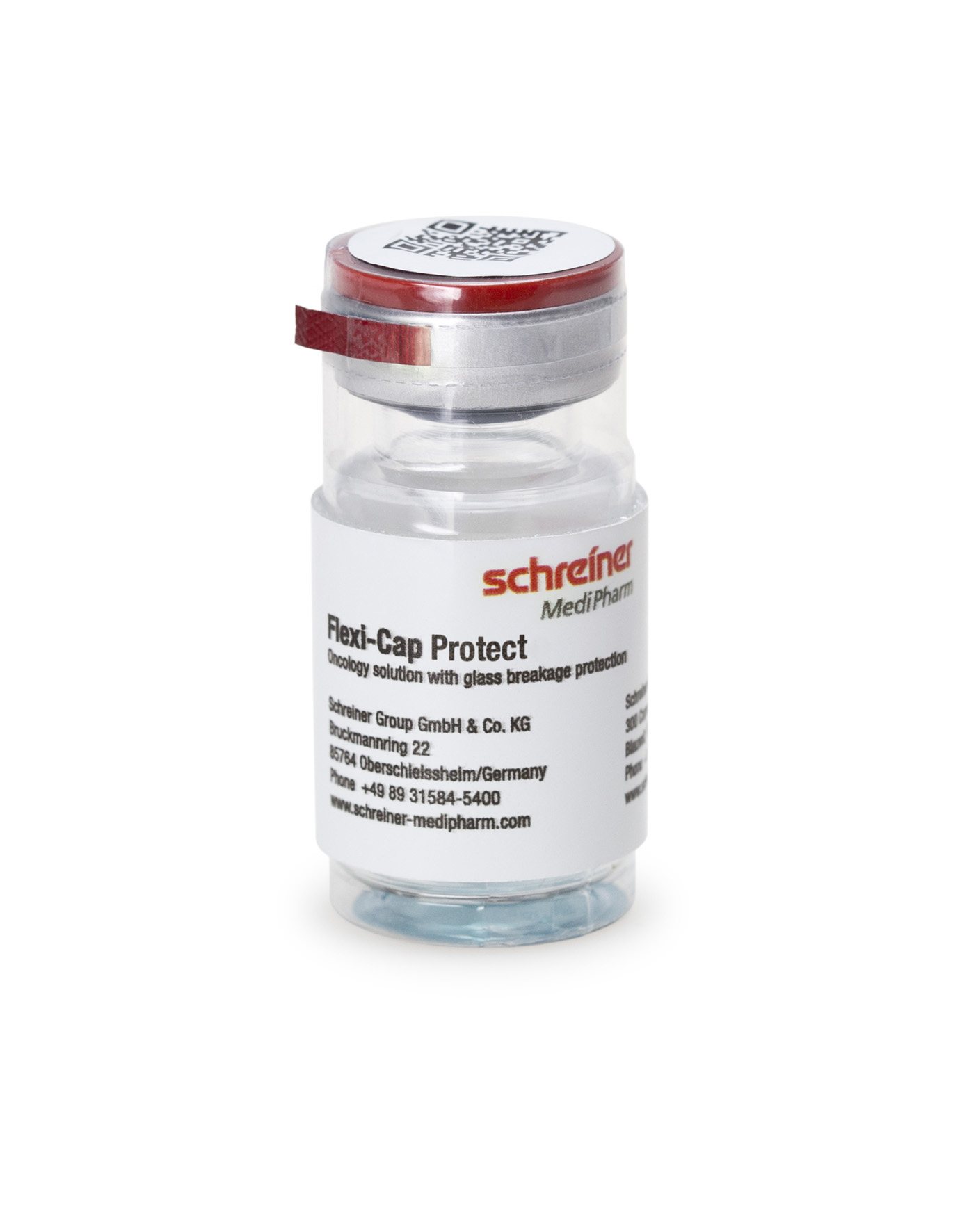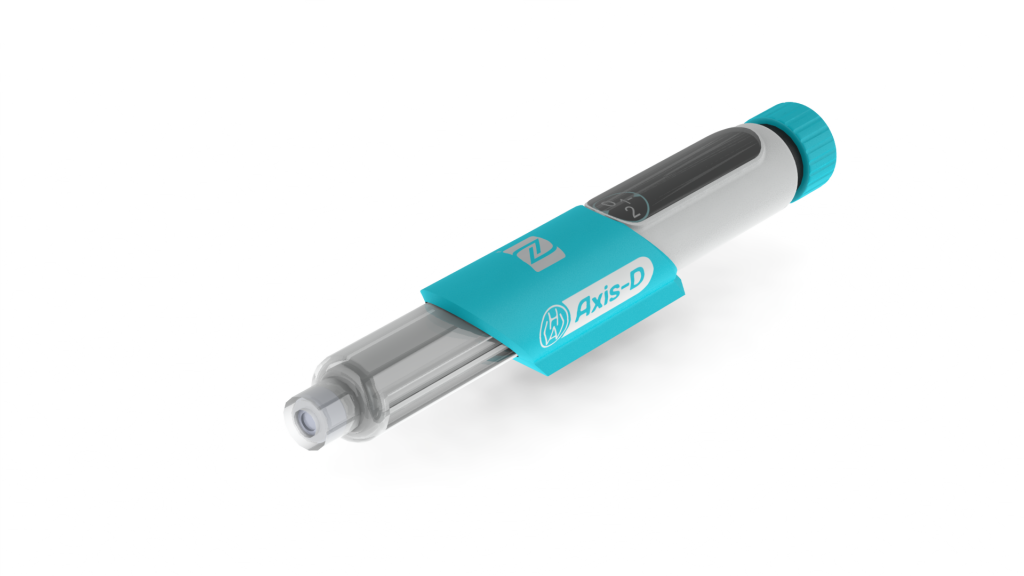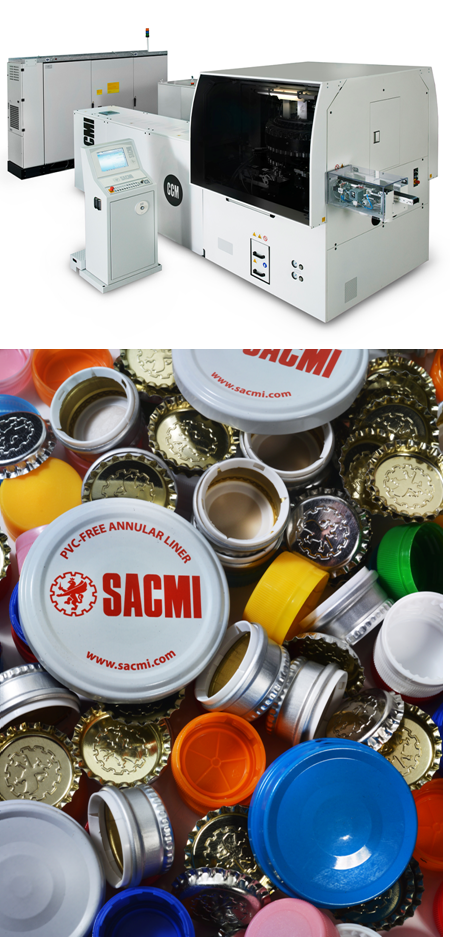The many benefits of investing in second...
"Interview with: Michael Senske, President & CEO, Pearson Packaging Systems"
How has the role of secondary packaging evolved?
The primary role of secondary packaging has always been to group products for easier handling, transporting and shipping, as well as to protect the products during the transfer from the manufacturer’s facility to retail stores.
However secondary packaging increasingly is serving a dual role in brand and display marketing due to the steady growth in retail-ready packaging, where the shipping container also serves as a display case. Club stores and retail environments have begun displaying single facing product in its shipping container. So secondary packaging has evolved in becoming an important element of the brand’s design and marketing strategy.
How can secondary packaging help in promoting a brand?
Secondary packaging promotes a brand through its function of protecting the integrity of the product. An undamaged product is much more attractive on shelves than a damaged one. Furthermore, secondary packaging can be a perfect billboard that draws attention to the brand or product if used as a display case.
Manufacturers are investing a lot more in the design of secondary packaging than ever before, which helps them differentiate themselves from competitors.
How has the movement towards sustainability affected secondary packaging?
Twenty years ago we saw mostly virgin boards that had very small amounts of recycled content in the board. We are now seeing a lot more recycled content being used in secondary packaging. Other sustainability efforts include attempts to reduce the amount of corrugate, the thickness of the corrugate, and the actual physical size of the cases.
All of those sustainability efforts place new demands on machine manufacturers. Equipment has to be more tolerant of board variances and special machines are required to run extra small cases.
Any other trends?
The secondary packaging market is seeing many trends. In addition to the shelf-ready packaging and sustainability efforts discussed earlier, the market is seeing an increase in smaller, often re-sealable convenience packages. Flexible material is replacing a growing amount of rigid packaging, while retailers demand more variety on their shelves requiring manufacturers to pack smaller cases or mixed cases. Along with the proliferation of SKU’s, manufacturers are faced with shorter production run times and frequent changeovers, which increases the need for easy and fast equipment adjustment options.





